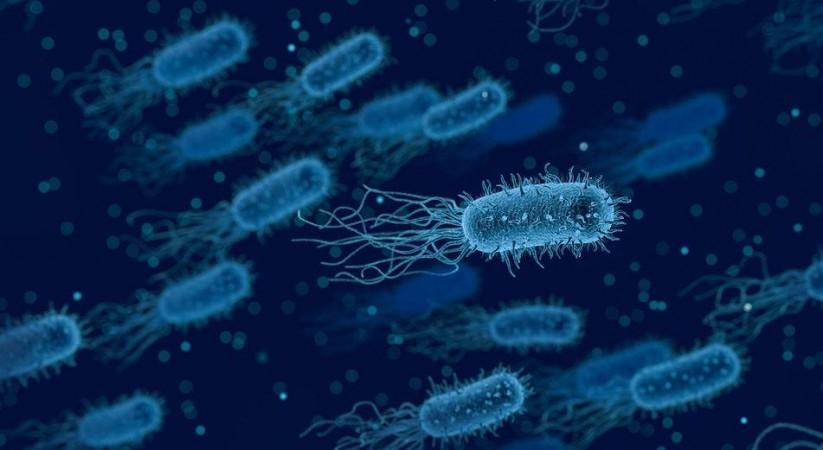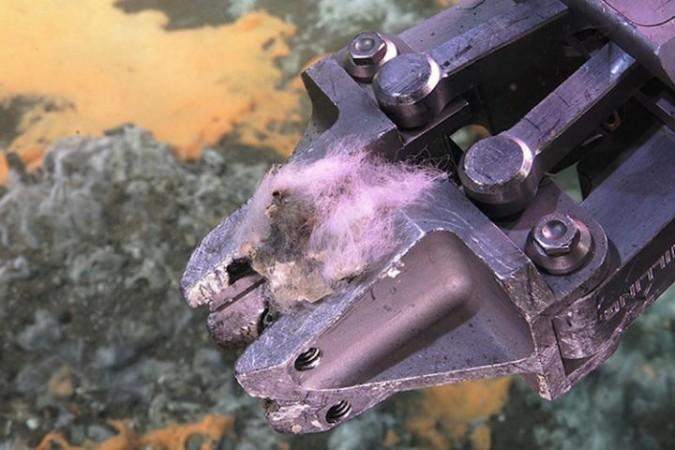As the world struggles to mitigate the carbon dioxide (CO2) fallout caused by human activities, researchers have found that deep-sea bacteria may be silently adding to the problem. In a study led by the University of Minnesota, scientists discovered that bacteria dwelling at the bottom of the oceans can dissolve rocks containing carbon—releasing additional carbon into the atmosphere, and of course, the ocean!
With carbon dioxide being a primary promoter of global warming, the findings of the study can enable scientists in approximating the quantity of the gas in the Earth's atmosphere. "If CO2 is being released into the ocean, it's also being released into the atmosphere, because they're constantly interchanging gases between them. While it's not as big of an impact as what humans are doing to the environment, it is a flux of CO2 into the atmosphere that we didn't know about. These numbers should help us home in on that global carbon budget," said Dalton Leprich, the first author of the study.

From Beneath the Sea
When it comes to the excessive emissions of greenhouse gases (including CO2), human activities serve as the main source. Natural sources such as decomposition of vegetation, forest fires, venting of volcanoes, and ocean respiration, among others, also contribute to the CO2 output. However, microbiomes on the ocean floor are indeed an unexpected source.
For the study, the authors studied sulfur-oxidizing bacteria in methane seeps—points where methane formed within the rocks on the seafloor escape into the ocean. The seep from where the team collected samples for the research was the Del Mar East Methane Seep Field, USA

Sulfur-oxidizing bacteria are a family of microbes that utilize sulfur as a source of energy. They produce elemental sulfur, compounds known as thiosulfates, and sulfuric acid, an inorganic acid that is corrosive. Much like coral reefs found in the deep sea, seeps also contain an assemblage of limestone. These collections trap massive quantities of carbon. The mentioned sulfur-oxidizing bacteria reside atop these limestone rocks.
Bacteria that Make Rocks Corrode
The researchers observed the patterns of corrosion and the cavity or holes formed in the limestone. They noted that during the oxidation of sulfur, the limestone rocks dissolved as the bacteria caused an acidic reaction. This, in turn, led to the release of carbon that was trapped within the limestone.

Comparing the process to cavities of the teeth, Leprich explained: "Your tooth is a mineral. There are bacteria that live on your teeth, and your dentist will typically tell you that sugars are bad for your teeth. Microbes are taking those sugars and fermenting them, and that fermentation process is creating acid, and that will dissolve away at your teeth. It's a similar process to what's happening with these rocks."
Finding Evidence of Life on Other Planets
In order to study the corrosive effect on other carbonate minerals, the scientists used bioreactors that contained aragonite (a carbonate mineral) to simulate conditions similar to those found around a seep. Celeribacter baekdonensis, a sulfur-oxidizing bacteria, was used to line the bioreactor. This was done to ascertain the potential rates at which dissolution of carbon—caused by sulfur-oxidizing bacteria—may take place on-site. As anticipated, corrosion of aragonite and release of carbon was observed.

The research team intends to investigate the phenomenon with several types of minerals. Results from such tests can have a significant impact on the discovery of evidence of life on alien planets, including Mars. This can be made possible through the study of features such as crevices, holes, and other transformations to rocks, that may have been caused by bacteria.
"These findings are but one of the many examples of the important and understudied role that microbes play in mediating the cycling of elements on our planet," concluded Jake Bailey, corresponding author of the study.

















